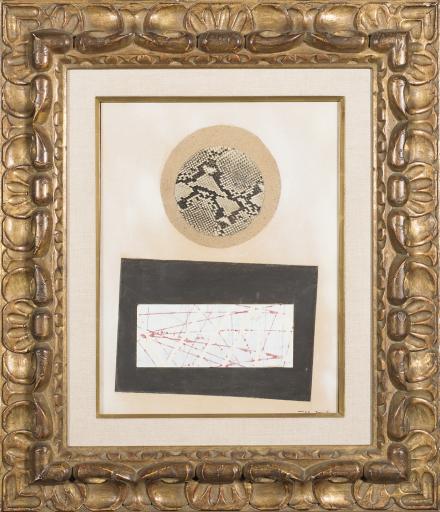Soleil Crocodile, Max Ernst
Artwork Overview
Max Ernst, artist
1891–1976
Soleil Crocodile,
1960
Where object was made: Germany
Material/technique: panel; sandpaper; board; cloth; oil
Dimensions:
Canvas/Support (Height x Width x Depth): 41.3 x 31.7 cm
Canvas/Support (Height x Width x Depth): 16 1/4 x 12 1/2 in
Frame Dimensions (Height x Width x Depth): 26 1/2 x 22 3/4 x 2 in
Weight (Weight): 12 lbs
Canvas/Support (Height x Width x Depth): 41.3 x 31.7 cm
Canvas/Support (Height x Width x Depth): 16 1/4 x 12 1/2 in
Frame Dimensions (Height x Width x Depth): 26 1/2 x 22 3/4 x 2 in
Weight (Weight): 12 lbs
Credit line: Gift of Robert Layton through the Martin S. Ackerman Foundation
Accession number: 1978.0142
Not on display
If you wish to reproduce this image, please submit an image request

